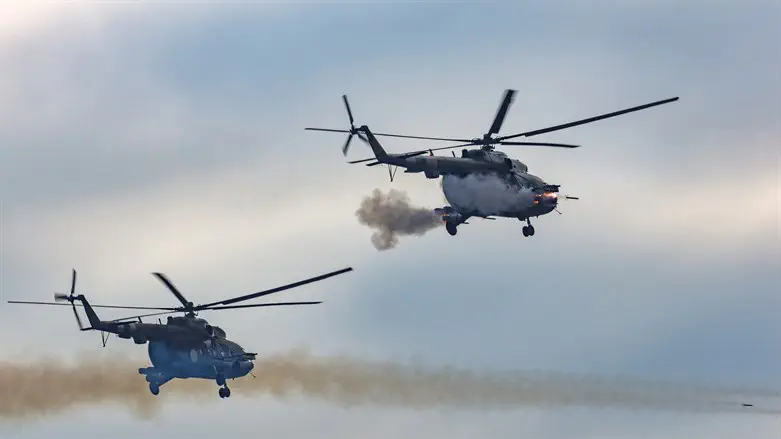
The Biden administration is planning to send Ukraine advanced electronic equipment that converts unguided aerial munitions into “smart bombs” that can target Russian military positions with a high degree of accuracy, senior US officials familiar with the matter told The Washington Post on Wednesday.
The kits incorporate global positioning devices for precision and can be bolted onto a variety of weapons, creating what the Pentagon calls a Joint Direct Attack Munition, or JDAM, according to the report.
The US military has used the technology on bombs weighing up to 2,000 pounds, usually incorporating it with bomber aircraft and fighter jets.
It was not immediately clear whether President Joe Biden or any of his top national security advisers have approved the proposed JDAMs’ transfer to Ukraine. Those familiar with matter, speaking to The Washington Post on the condition of anonymity to discuss sensitive internal deliberations, did not say whether Ukrainian forces would employ the kits on aircraft or ground-based weapons, or what specific systems in Ukraine’s arsenal would be candidates for such augmentation.
The Ukrainian Air Force relies primarily on aging Soviet-era MiG jets, and the Pentagon has sought ways to upgrade them rather than provide newer Western aircraft that would require its pilots and maintainer units to undertake complicated new training, according to the report.
A delivery of JDAMs from the US would mark another significant step by Washington to help Ukraine repel the invading Russian force, providing a new way to target Russian units and headquarters.
The Kremlin has reacted angrily to the outpouring of Western military aid, making thinly veiled threats to use nuclear weapons in Ukraine and warning of the potential for a broader spillover war with NATO. For that reason, the report said, the Biden administration has sought to move cautiously in approving new capabilities that could be viewed by Russia as escalatory.
On the other side, Russia has made use of Iranian-made drones in the war, though it has denied receiving drones from Iran.
In September, Ukraine reported the first Russian attacks carried out using Iranian-made drones, targeting the south of the country, including the strategic city of Odessa on the Black Sea.
At the start of October, Iranian-made drones were also reportedly used in an attack in the Ukrainian town of Bila Tserkva, southwest of the capital Kyiv.
Iran’s Foreign Minister, Hossein Amir-Abdollahian, recently acknowledged for the first time that his country gave drones to Russia, saying that the deliveries happened before the war started. Iranian officials had previously denied sending any drones to Russia.
Ukrainian President Volodymyr Zelenskyy later said in an address to the Ukrainian people that he knows Iran’s claims are false.

